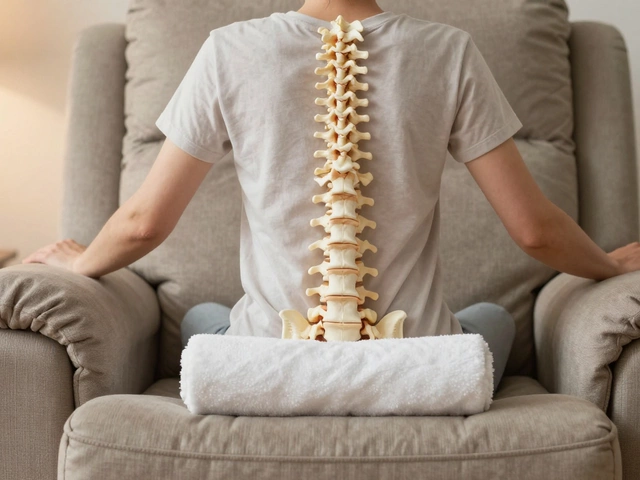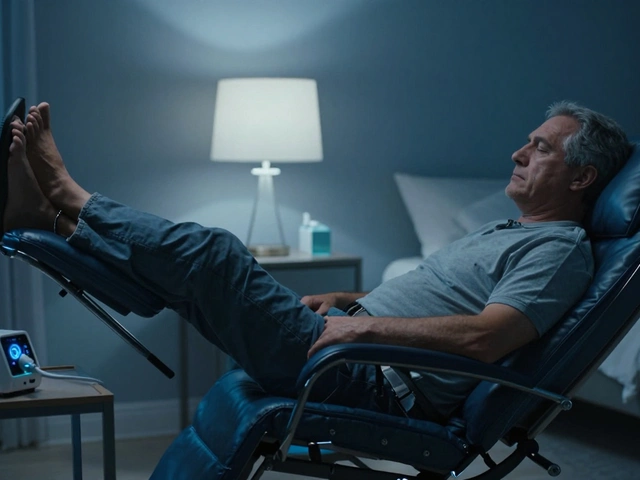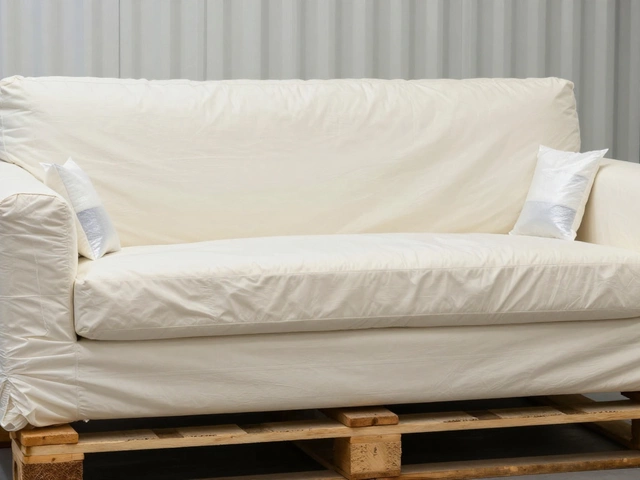Core Activation for Smarter Home Design
When working with core activation, the process of energizing a room’s central elements to improve flow, function, and visual impact. Also known as central space optimization, it helps you turn a bare room into a cohesive sanctuary. Understanding core activation means you’ll see how furniture placement, the strategic arrangement of sofas, tables, and storage pieces interacts with room layout, the overall blueprint of walls, doors, and traffic paths to shape interior styling, the aesthetic choices that tie colors, textures, and accessories together. In short, core activation encompasses furniture placement, requires a solid room layout, and influences interior styling.
Why Core Activation Matters in Everyday Living
Think of a living room where the sofa sits too close to the TV, the coffee table blocks the foot traffic, and the rug looks lost under the chairs. That’s a missed core activation opportunity. When you activate the core, you first map the high‑traffic zones – that’s the room layout attribute of clear pathways. Next, you choose pieces that fit those zones – the furniture placement attribute of size, height, and function. Finally, you layer in color and texture – the interior styling attribute that brings the space to life. Research from interior design firms shows that rooms with well‑executed core activation feel 30% more comfortable and are used 20% more often.
One practical way to start is by picking a focal point – a fireplace, a large window, or a TV screen. That focal point becomes the anchor for core activation. From there, arrange your biggest piece (usually a sofa) so it faces the anchor, leaving at least 30 cm of clearance for easy movement. Add a coffee table at a height that matches the sofa’s seat depth, and place side tables within arm’s reach. These steps illustrate the semantic triple: core activation requires furniture placement; furniture placement influences interior styling; interior styling enhances room layout.
Another key element is balance. You don’t want all heavy items on one side or a cluttered cluster in the middle. Distribute visual weight by mixing tall, slim storage units with low, wide seating. The result is a room that feels stable and inviting – a direct outcome of successful core activation. When the balance is right, you’ll notice natural conversation zones form, and lighting can be positioned to highlight both function and mood without harsh shadows.
Materials matter too. If you’re choosing a coffee table to pair with a reclining sofa, consider the surface durability, height, and style – topics covered in our article “Best Coffee Tables for Reclining Sofas”. Matching a TV stand to that coffee table follows the same core activation logic: harmony in material, height, and visual language. By treating each piece as a node in a network, you keep the design coherent and avoid the common pitfalls of mismatched furniture.
Core activation isn’t just for living rooms. Bedrooms, home offices, and even outdoor patios benefit from the same principles. A well‑placed wardrobe can free up floor space, making a bedroom feel larger – see our guide on “Which Gray Paint Shade Expands Your Space?” for color tricks that complement smart placement. In an office, removing unnecessary armrests from a chair may improve ergonomics and free up desk space, a subtle yet powerful activation of the work zone.
Ready to see core activation in action? Below you’ll find a hand‑picked collection of articles that dive deeper into each related entity – from coffee table height tips to durable outdoor furniture choices. Each piece shows how mastering furniture placement, refining room layout, and polishing interior styling can transform any space into a functional, stylish haven.
Correct Office Chair Posture to Prevent Belly Fat
Learn how the way you sit in an office chair can affect belly fat and get practical tips, adjustments, and micro‑exercises to keep your core active while you work.







